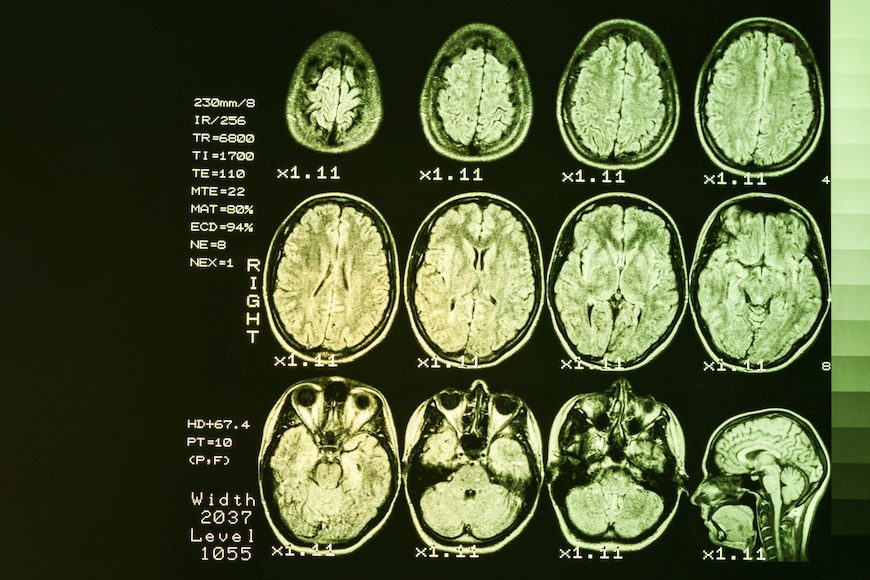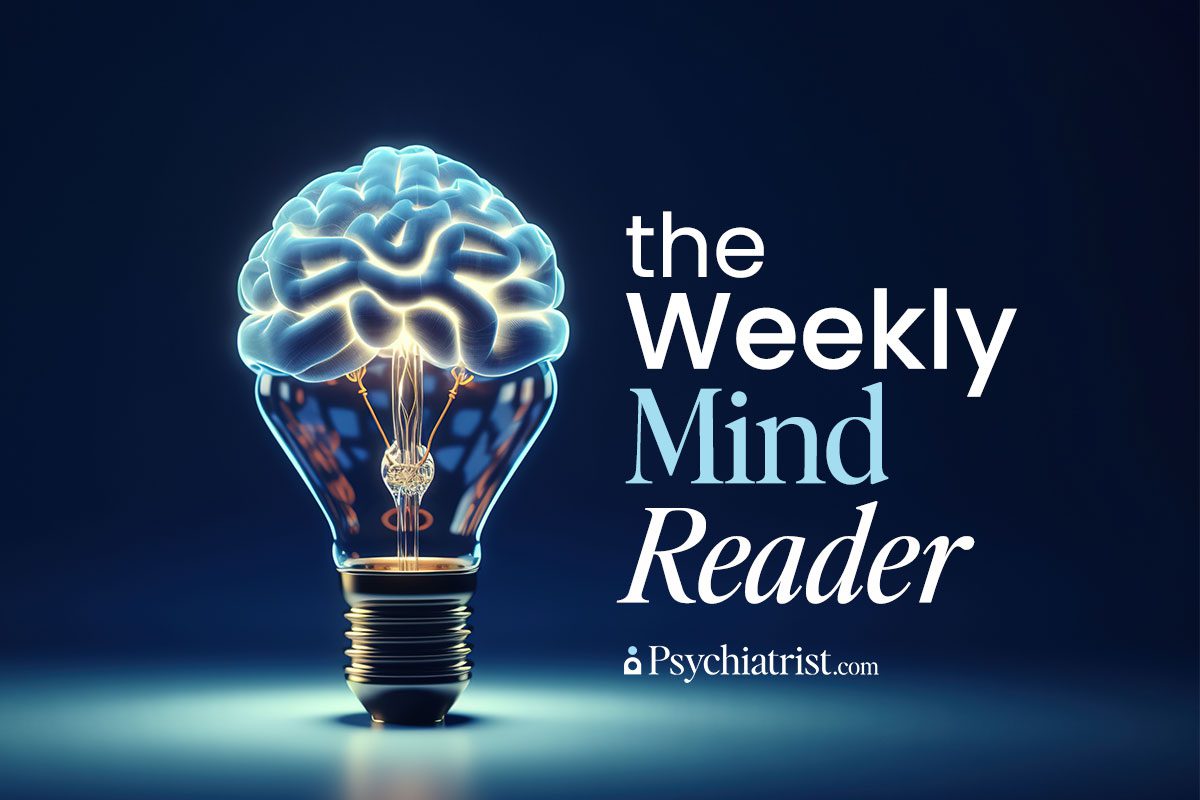It looks like walking the aisles at Target reveals a lot more about ourselves than our fashion sense (or lack thereof). A new Cambridge University Press study shows that Democrats and Republicans might have similar grocery lists, but their brains operate differently while they’re filling their carts.
The international research project, which straddles the line between neuroscience and politics, shows that the brain activity of grocery shoppers boast surprisingly different neural patterns based on political affiliation.
“You cannot tell whether someone is a Democrat or a Republican when you see them buy free-range eggs, but if you were to examine their brain activity, you would see that they are using different parts of their brains in that decision,” Iowa State University Professor – and study co-author – John Crespi said. “The brain activity predicts the party, not the purchase.”
Methodology
A lighthearted 2020 New York Times blog – which queried readers on their ability to identify someone’s political affiliation by looking inside their fridge – sparked this more academic study.
University of Kansas Medical Center researchers – joined by colleagues from Iowa State and Oklahoma State universities (along with Ireland’s University of Drexel) – used functional magnetic resonance imaging (fMRI) to scan the brains of grocery shoppers as they debated food choices.
After cutting out the politically unaffiliated participants and incomplete scans, the scientists analyzed the brain activity of 65 grocery shoppers — 40 self-identified Democrats and 25 Republicans — as they considered different milk and egg products with different prices and advertised production methods.
The researchers asked participants to pick between different products throughout dozens of trials, with some choices separated by price, others by production methods (such as hormone use or cage-free practices), and a final set that features a combination of both.
Finally, it’s worth noting that the study’s authors took steps to ground the experiment in real-world behavior.
“We gave the subjects $50 but they were told that one of the products they selected would be given to them at the end of the study and its price would be deducted from their $50,” Crespi added. “So, they went home with either a jug of milk or a carton of eggs and whatever money they had left after the purchase.”
Results
Although the authors uncovered no real difference in the actual food choices, the shoppers’ brain scans told a more compelling story. The researchers identified persistent distinctions in brain activity between the two groups – especially in the regions associated with emotion, decision-making, and risk assessment.
“We know from studies of twins that about 50% of your political ideology is biologically heritable and that data from your parents allows us to infer your political party with 69% accuracy,” University of Exeter’s Darren Schreiber, MD, said: “So, it is pretty amazing that just the signal from the brain while you’re buying eggs and milk enables us to correctly classify your political party about 80% of the time.”
The study adds to an accumulating body of evidence in decision neuroscience and neuropolitics, which has revealed that partisanship corresponded to differences in how the brain processes threats, moral dilemmas, and even “disgust.”
But what sets this study apart is how it demonstrates those same neural differences in a politically agnostic environment. These disparities allowed researchers to accurately predict political affiliation in 76% to 94% of cases, using only brain activity during food decisions. The study outperforms other indicators, such as self-reported family political preferences.
A Deeper Dive
While conventional wisdom might suggest that the food choices on their own might hint at political identity — with Democrats more prone to vegetarian diets, for instance – the study uncovered no such link in actual purchase behavior. Instead, the researchers found that it’s the neural pathways the brain accesses in reaching those decisions that reveal our ideological differences.
“This doesn’t mean there’s a ‘Democratic’ or ‘Republican’ brain,” the authors wrote. “Rather, it highlights that we all use the same hardware — the human brain — but individual brains are tuned differently, likely due to a mix of genetic, environmental, and experiential factors.”
These results could be crucial in better understanding what drives today’s growing polarization. While we can measure the obvious ways we express our partisanship — whether its protesting or voting — this research shows there are more foundational cognitive differences that separate us. As the political divide between us grows, understanding how even low-stakes decisions reflect deeper partisan processing could open up new paths to meaningful dialogue and effective de-escalation.
Further Reading
Could Our Brains Be Steering Our Politics?
The Psychology of Political Polarization
Post-2020 Election Partisan Hostility Left Americans Traumatized



